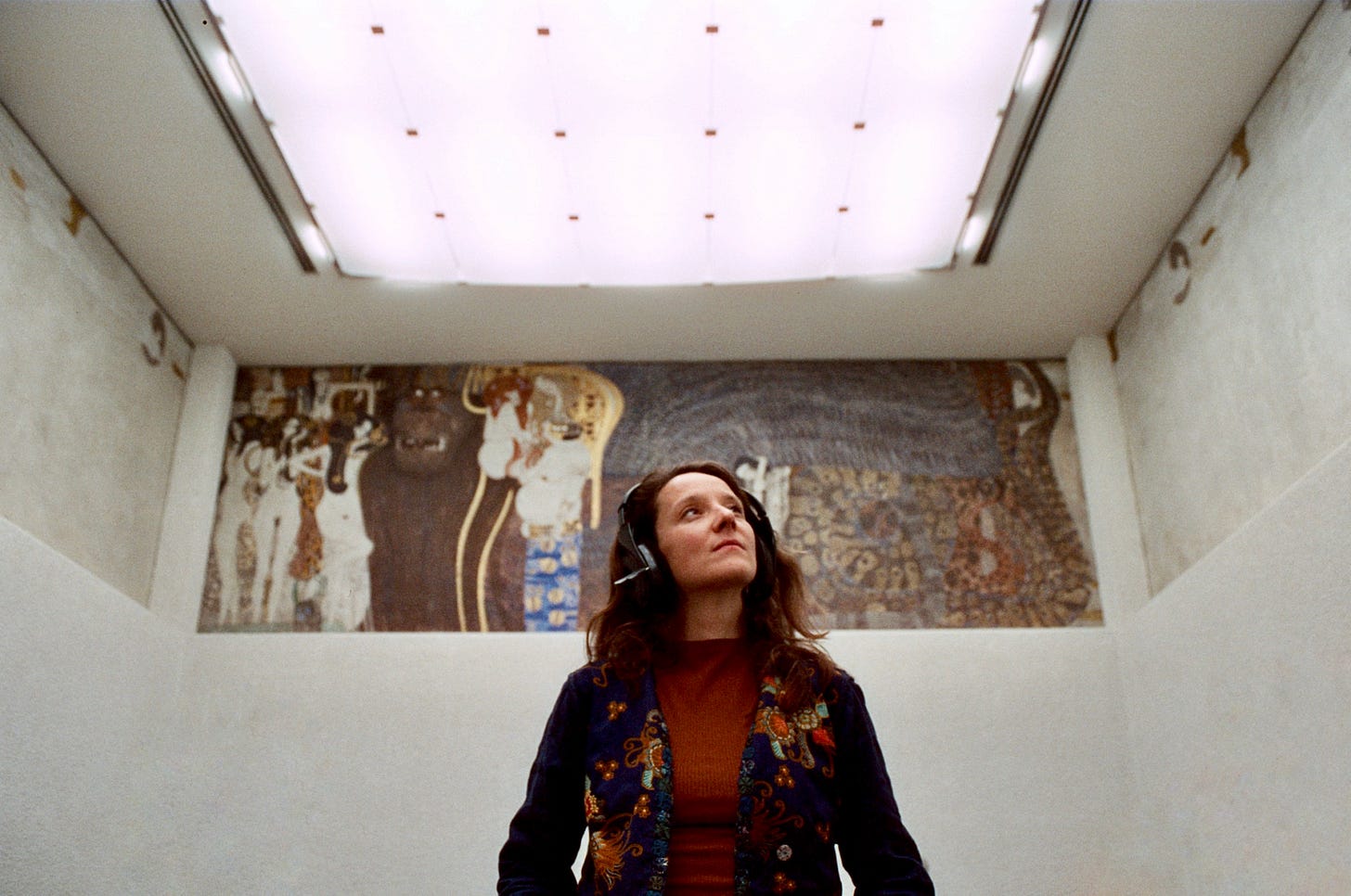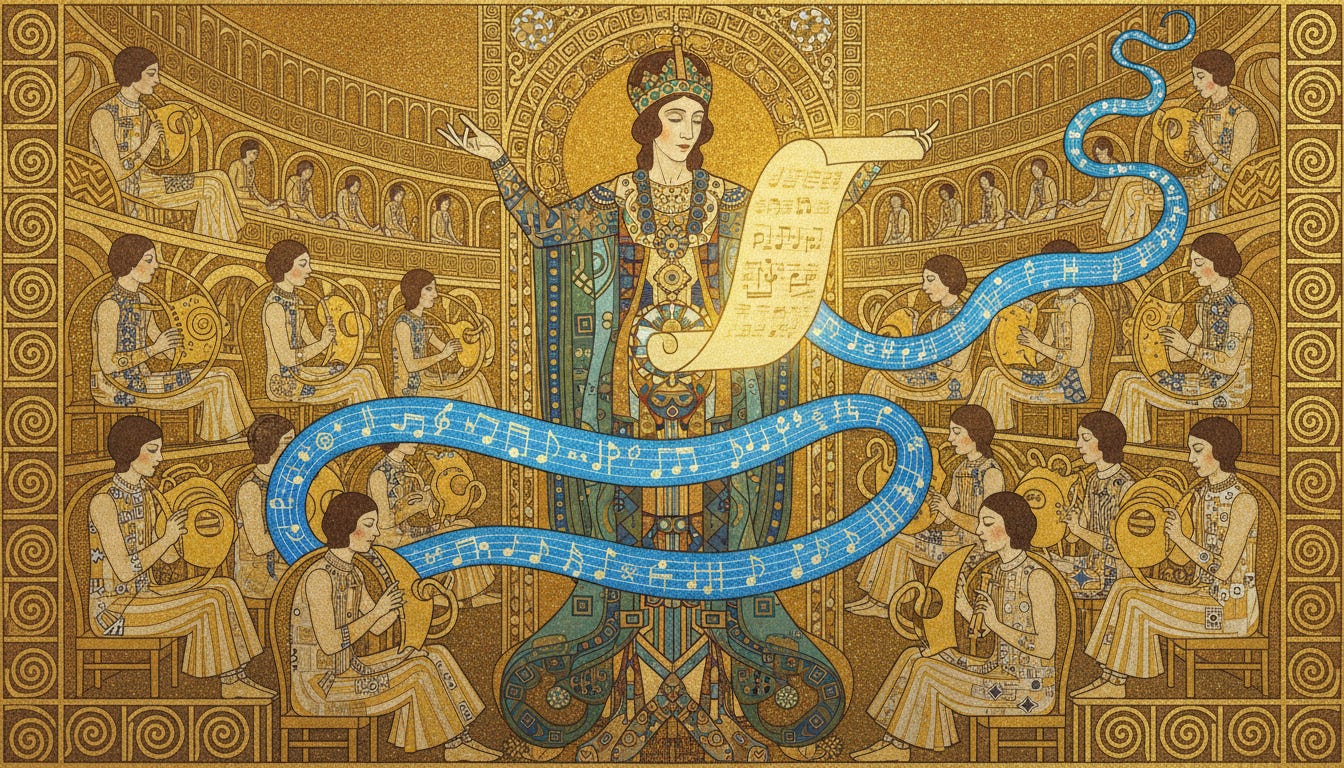The Symphony Inside: Breaking Open the Ivory Tower
A reflection on breaking open ivory towers and rediscovering wonder

Most days, I live in a language few people speak.
In the lab, precision is everything. We discuss “fluorescence-activated nuclear sorting” and “hierarchical Boolean gating strategies.” We debate antibody specificities and marker expression profiles. The conversations are dense, technical, necessary—but they exist in a world carefully walled off from everyday language. The ivory tower, people call it. And they’re not wrong.
Then came Science Saturday at Rockefeller University, when the campus opens its doors to everyone. My first time participating. Hundreds of children and families flooding through, exploring scientific wonders at stations scattered throughout the university. Kids dissecting sheep brains. Younger ones crafting neurons from pipe cleaners, beads, and glitter. The station I was helping with, “Escape the Cell,” was set up in a small round room decorated to look like the inside of a cell, complete with a curtain representing the entrance to the nucleus. Inside the nucleus, children would transcribe strings of DNA into RNA.
The Essence of Simplicity
In my daily work, I operate in a world of extraordinary detail. Every term matters. Every distinction is crucial. The rigor is what makes the science work. But standing in that decorated room, facing children’s expectant faces, I had to strip away the architecture I’d spent years building. No jargon. No technical precision. Just the essence—to find the melody beneath the notation, to remember what drew me to this work before I knew any of the terms.
The Symphony
Watching the children engaged, something struck me: right at that moment, in their own cells, a transformation was happening—DNA being transcribed into RNA, then into protein. Making everything they are. Making them. As I was watching them, the ivory tower opened from within—and I found myself in wonder.
I saw the nucleus of the cell as the conductor, holding the score—the DNA, our genetic code. And the ribosomes—the musicians—surrounding the nucleus, all of them sitting in the cell’s main chamber. The conductor needing to carry the music to them and that’s where RNA comes in—the message, the transcribed score the musicians can read, beyond the nucleus’s envelope. Then, the ribosomes reading the score and beginning to play, each instrument adding its part. Together, creating the proteins, the building blocks of life.
That’s the symphony happening inside us, right now.

Carrying Both Worlds
I’m struck by what I experienced on Science Saturday. Science can feel like isolation. Rigid and exclusive. But when the ivory tower drops its defenses and breaks its codes into common language, something happens. We meet people who might not step into our world—and we step into theirs. The connection is real.
On my way home, I ran into two moms who’d attended. They wanted to know if the day could be longer, if we could bring this into schools. And I thought: yes. This kind of connection should travel beyond campus, out into the world.
Because what I really want is for everyone to feel the wonder—the wonder of science, the wonder of themselves.
And I think: maybe the ivory tower doesn’t have to be so rigid. Maybe I don’t have to choose between the precision I love and the wonder that drew me to science in the first place. I can hold both. The notes and the rhythm. The details and the big picture. The universe in a cell, and the cell in the universe.
That’s the real translation I’m learning to make: carrying both worlds with me.
Your Turn
What’s your experience with making complex ideas accessible? Have you ever had a moment where you reconnected with your own childhood wonder? I’d love to hear your thoughts in the comments.


🎼🎶